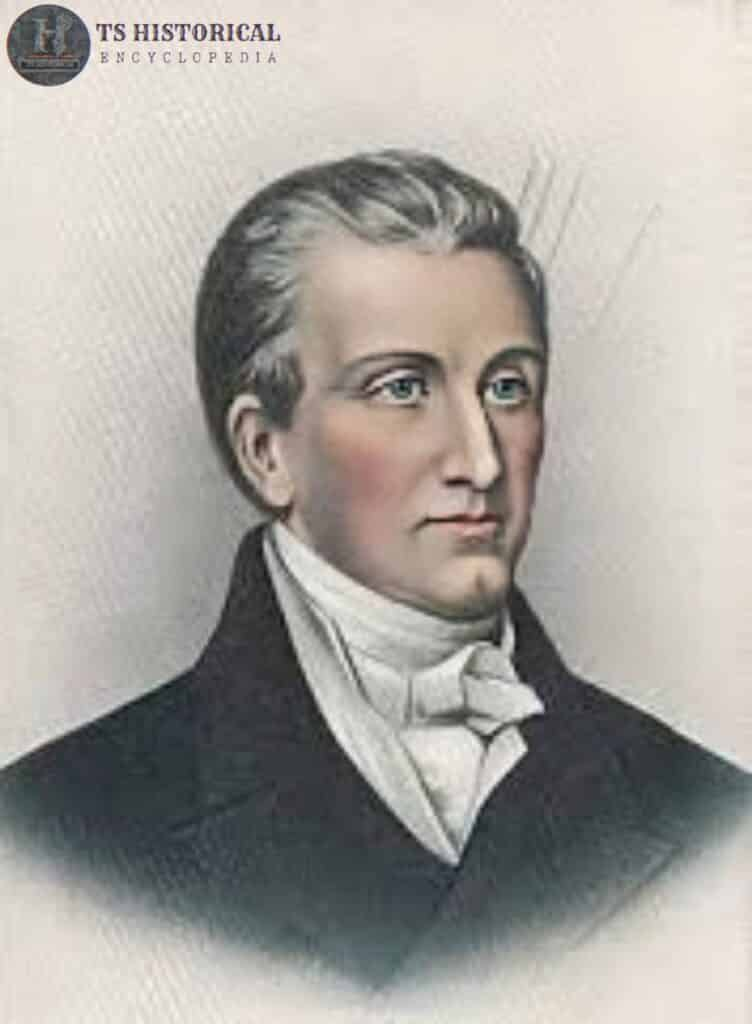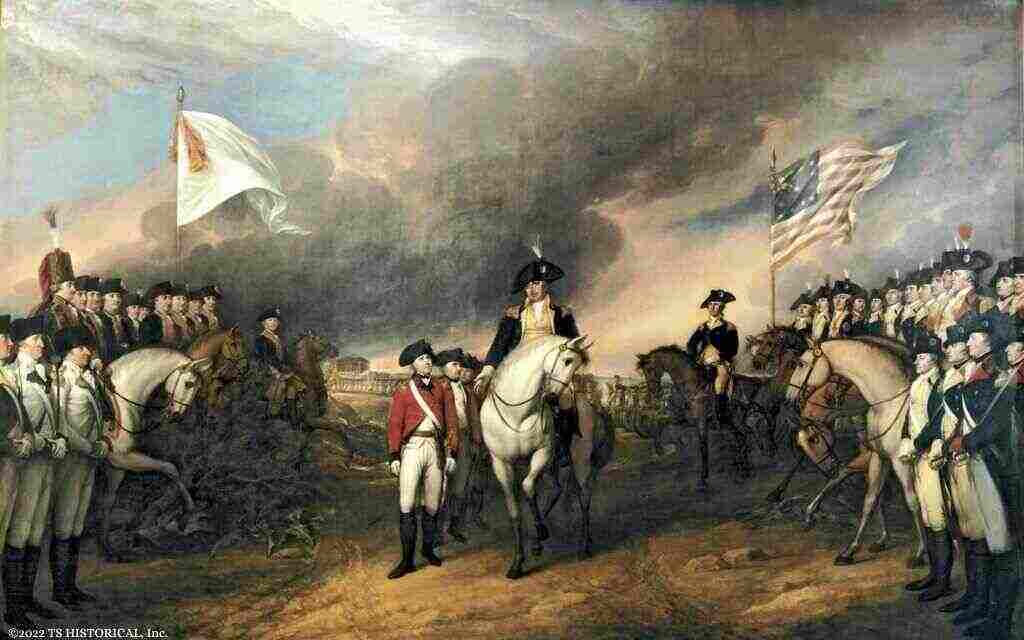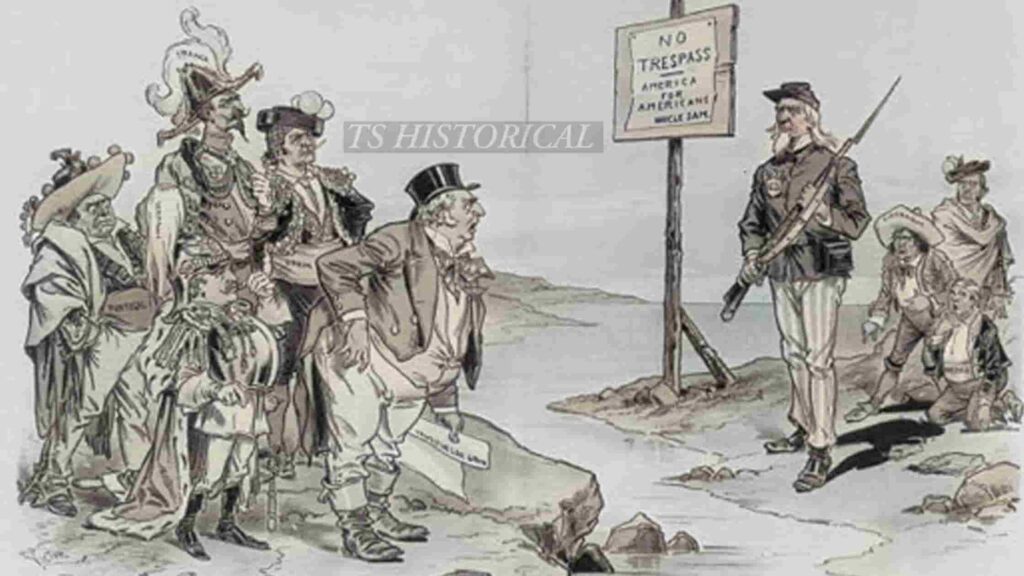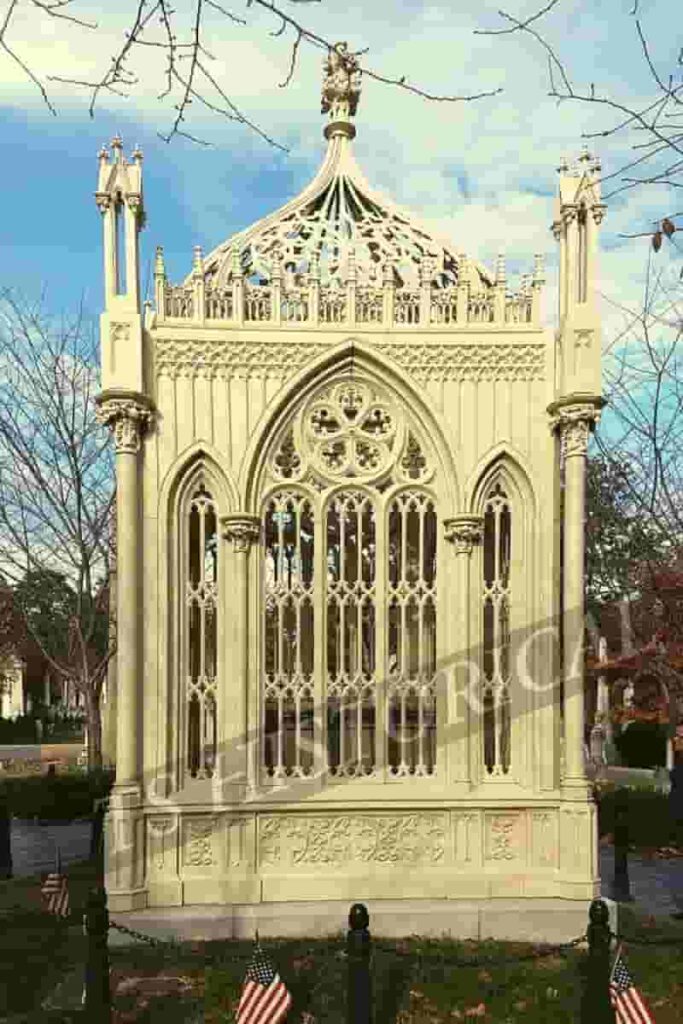Table of Content
James Monroe Summary
James Monroe, the fifth American president (brought into the world on April 28th, 1758, in Westmoreland district, Virginia—died on July 4th, 1831, in New York, New York) (1817–25). After participating in the American Rebellion, he pursued legal studies alongside Thomas Jefferson, Virginia’s governor. He participated in the Parliament underneath the Constitution’s Articles from 1783 to 1786.
James Monroe was appointed to the U.S. Senators in 1790 and spoke against George Washington’s administration there. Consequently, he was appointed Washington’s envoy to France in 1794; unfortunately, he was removed from office after two years for misrepresenting American policies to the French. He presided over Virginia as president from 1799 until 1802. He was dispatched to France by President Jefferson in 1803 to assist in the Louisiana Territory negotiations; he was afterward named ambassador to Britain (1803–07).
He went back to Virginia and was re-elected governorship in 1810, but he left the position after just Eleven months to take on the roles of the cabinet of state and war minister for the United States (1811–17). (1814–15). He presided over a period also stated as the Era of Positive Feelings during his two years as president. He negotiated the Missouri Purchase, supervised the Seminole Revolution of 1817–18, and the conquest of the Floridas (1819–21). (1820). Together with John Adams, he formulated the tenets of
Explore the full list of Presidents in the United States to understand their legacy and impact.
Fast Facts

| Born | April 28th, 1758, near Virginia, Monroe Hal, The state of America |
| Died | July 4th, 1831, near America, New York, at age 73 |
| Wife | Elizabeth Monroe (married in 1786) is the wife |
| Parents | Elizabeth Kortright Gouverneur > Hortensia & Hay are grandkids |
James Monroe Early Life
James Monroe must have been born in Virginia on April 28th, 1758, to a rich family that enslaved people at a time when protests opposing Great Britain’s dominance over the Thirteen North American provinces were beginning. In comparison, he has been an adolescent since his parents died.
At 17, Monroe broke into the neighborhood armory, or munitions store, and seized hundreds of firearms, which he then gave to the Virginian soldiers to help in their war for independence from Great Britain. The next year, he left Williamsburg, Virginia’s University of Mary and William to serve in the American Army during the American Revolution.
The Era Of Positive Effect of James Monroe
During James Monroe’s presidency, the United States suffered containing significant changes. The country gained five new states.
Above all else, Monroe and his secretary, John Quincy Adams, devised a daring plan to prevent foreign powers from interfering in the affairs of the fledgling nation. In an address to Congress, Monroe declared that future European colonization of the American continents was forbidden.
He was named the Monroe Doctrine. It prepared the way for the U.S. to move westward and reach the Pacific Ocean over the subsequent twenty years.
Download this Article in PDF Format
Get a well-documented version of this article for offline reading or archiving.
Download Now (704 KB)During his tenure in government, Monroe went on two “goodwill trips,” which increased his reputation. He ventured as far northwest as Maine and Michigan during 1817. Two years later, he made his way to Georgia inside the South, continued to the Missouri Colony in the west, and then made his way back through Kentucky toward Washington, D.C. On both of these trips, hundreds of people came to meet him in person.
A newspaper said Monroe had ushered in a “period of pleasant sentiments” for the country throughout his initial term. As a result, Monroe earned the moniker “President of the period of positive emotions..” In 1820, he stood for reelection and received a resounding majority vote to win a second mandate.
James Monroe during the American Revolution

Gen. George Washington oversaw the battles in which Major Monroe participated. With Washington’s army units, he traversed the Delaware River, suffered serious injuries during the bold acquisition of British artillery in the Combat of Trenton through New Jersey, and endured dreadful cold weather at Canyon Forge, Pennsylvania. Along this, hundreds of troops perished from illness or the bitter cold.
James Monroe deserted the military to study legislation in Thomas Jefferson’s legal office near the war’s conclusion. He eventually started his own legal business. Additionally, he started his lifetime career in government service. Before becoming voted into office, Monroe held positions as governor of Virginia and as member of the Constituent Assembly, which was made up of members from the 13 provinces that would later form America. As the ambassador to France under Washington, the ambassador to the United Kingdom for Jefferson, and the chief of state and war minister under James Madison, he simultaneously represented each of the initial four presidents.
James Monroe Compromise And Crisis
However, there was considerable dispute throughout Monroe’s administration. The topic of the biggest argument throughout his presidency was whether Missouri should enter the Republic as a state that tolerated enslavement. Politicians debated along designated routes; the North opposed slavery, while the South supported it.
The nation may have been split apart by the dispute. If Missouri were to legalize slavery, more counties would do so than it would not. Missouri would become a majority-free state if it did.
The Missouri Agreement of 1820 ultimately recognized Maine as nothing more than a free state and Missouri as more than just a slave republic. Lawmakers believed he had preserved the nation’s equilibrium on enslavement because each party in the argument won one state.
James Monroe’s Permanent Legacy

James Monroe, with his former wife, withdrew to Virginia after completing his second term in office in 1825. About 200 enslaved people ran their mansion, Highland, which was close to Thomas Jefferson’s Monticello throughout Albemarle County. Monroe relocated to New York to reside with his child Maria with her relatives when Elizabeth passed away in 1830. On July 4th of the same year, he passed away as well. It had been precisely five years since the passing of both Presidents John Adams and Thomas Jefferson.
The Monroe Doctrine especially influenced the United States’ ties with other countries throughout the following century and contributed to its rise to one of the world’s foremost states. It is considered to be Monroe’s greatest legacy.
The Death of James Monroe

James Monroe’s condition began to deteriorate gradually in the course of the 1820s. When Monroe passed away from heart problems and tuberculosis on July 4th, 1831, somewhere at the age of 73, he became the third president to die on Independence Day. His passing occurred five years just after the burial of John Adams but also Thomas Jefferson and was 50 years old after the proclamation of the Constitution of the United States.
The tomb belonging to the Gouverneur household at New York’s Marble Memorial is where Monroe was first cremated. His remains were reburied at the President’s Ring at Hollywood Graveyard in Richmond, Virginia, 26 years down the line, in 1858. One of the country’s National Historic Landmarks seems to be the James Monroe Grave.
People Also Ask?
What kind of notoriety did James Monroe have?
Monroe’s settlement of the Purchase of Louisiana in 1803 was his most significant diplomatic accomplishment. James Monroe, who was appointed the United States president between 1816 and 1820, put long-standing differences with the British to rest, bought Florida with Spain in early 1819, and issued the “Monroe Doctrine” around 1823.
Why did James Monroe become a Founding Father?
He was the final president, considered a Forefather since he had served as a Union Army commander throughout the American Revolution and as a member of the Constituent Assembly.
Explain how the Era of Positive Feelings emerged and what factors led to its death.
During their tenure in government, Monroe went on two “goodwill trips,” which increased his reputation. He ventured as far northwest as Maine and Michigan during 1817. Two years later, he made his way to Georgia inside the South, continued to the Missouri Colony in the west, and then made his way back through Kentucky toward Washington, D.C. On both of these trips, hundreds of people came to meet him in person. As a result, Monroe earned the moniker “President of the period of positive emotions..” In 1820, he stood for reelection and received a resounding majority vote to win a second mandate.
Who was the fifth president of the USA?
James Monroe, the fifth president of the united states of America (brought into the world on April 28th, 1758, in Westmoreland).
Discover more from TS HISTORICAL
Subscribe to get the latest posts sent to your email.
